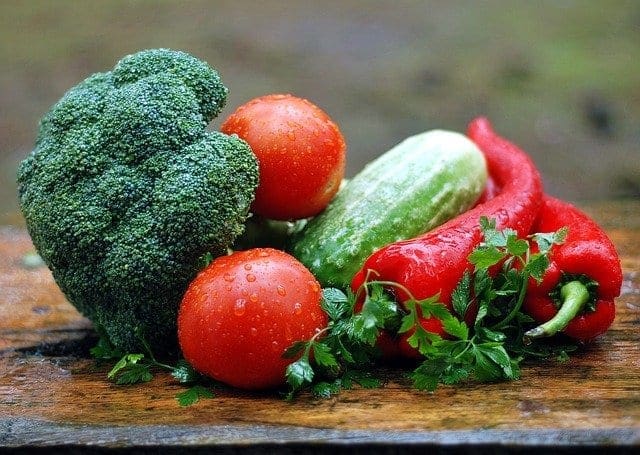Uncategorized
How To Make Sure You Prepare Breakfast That Can Meet The Nutritional Needs Of Your Kids
Breakfast is the most important meal of the day. This is true for adults, kids, and teenagers. Everyone needs to begin the day with a nutritious and hearty meal and drink the right type of beverages or fluids that will help them feel full and energized, ready to take on all the usual activities and even the unexpected ones.
Children, in particular, will have to do and complete a lot of tasks, especially if they are going to school. Aside from the usual school-related activities, they will also need to find some time for recreation which normally comes in the form of playing, running, and other physical actions.
Because of the possibly hectic and tiring activities that kids will have to go through 5 days a week, it is essential that they get all their required nutritional needs from their breakfast. As such, it is important that parents prepare healthy and hearty breakfast every day so that their kids will be ready to face all the day’s challenges.
Below are some ways and tips that can help parents make sure they prepare meals for breakfast that can meet the nutritional requirements of their children:
Make sure the meals include a variety of healthy food that contains key nutrients such as vitamins and minerals.
You should serve plenty of breads and cereals (especially whole grain), fruits, vegetables, and legumes such as chickpeas and lentils in the morning since these food products are rich in protein. However, make sure you serve foods that are low in sodium and sugar. Make sure you include healthy forms of dairy products as well such as low-fat milk and yoghurt.
Minimize the use of fats or oil in the breakfast meals you will serve.
Fats, specifically saturated fat, are unhealthy for everyone, even kids. Saturated fat, which is the primary type of fat found in animal products, fried foods, chocolate, biscuits, and cakes, is more easily deposited in the body as fat tissue than unsaturated fat. Saturated fat can also be converted into cholesterol and increase a person’s blood cholesterol levels.
To avoid this unhealthy type of fat, consider using olive oil when cooking or frying something for breakfast. Also, introduce polyunsaturated and monounsaturated fats in the diet since they are healthier. Monounsaturated fats are found in nuts, avocados, and olive oil and it can help to lower the bad type of cholesterol (low-density lipoprotein or LDL). Polyunsaturated fats, especially omega-3 fatty acids, have an anti-clotting effect on blood and can help reduce the risk of heart disease and lower blood pressure. Polyunsaturated omega-3 fatty acids can be found in fish, nuts, and seeds.
Serve meals and drinks or beverages that are low in calories.
Lastly, the total amount of energy-dense or high-calorie foods you eat may be as important as the total amount of fat in kids need in their diet. However, you can reduce the energy density of your kids’ diet by increasing the amount of plant foods you serve during breakfast. This means adding more fruits and vegetables, in addition to whole grain breads and cereals. This natural, low-calorie foods will provide kids the essential nutrients, help them make feel “full”, and reduce the amount of fat intake they need or want. In addition, limit your kid’s intake of high energy drinks such as sports drinks, sugary fruit juices, and carbonated beverages; get them to drink more water during breakfast and throughout the day.



